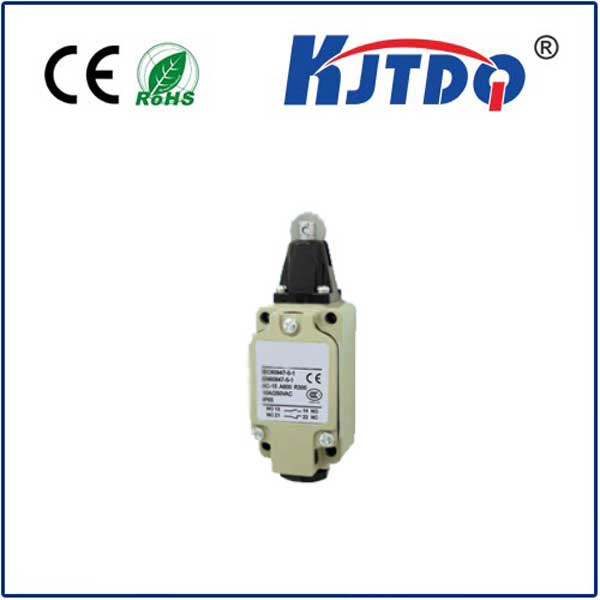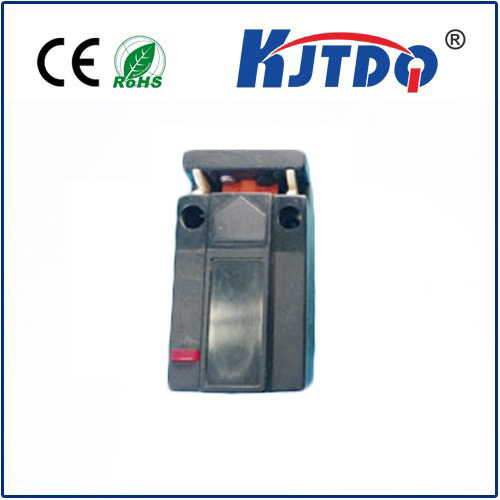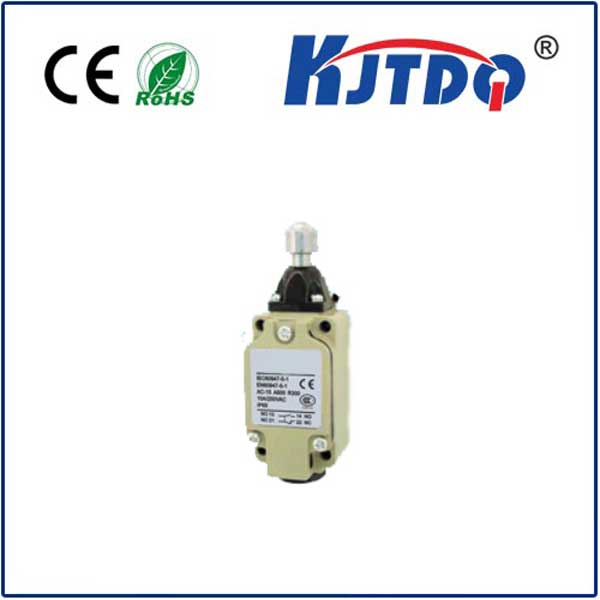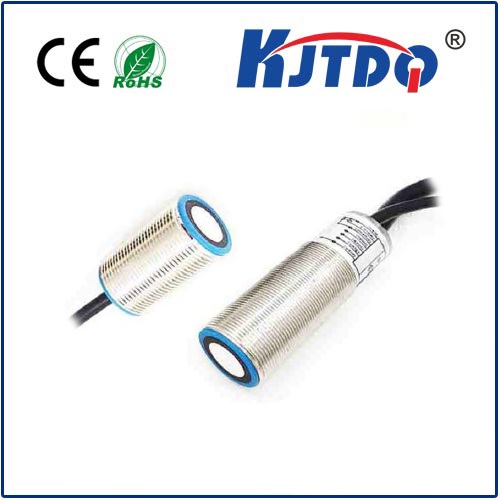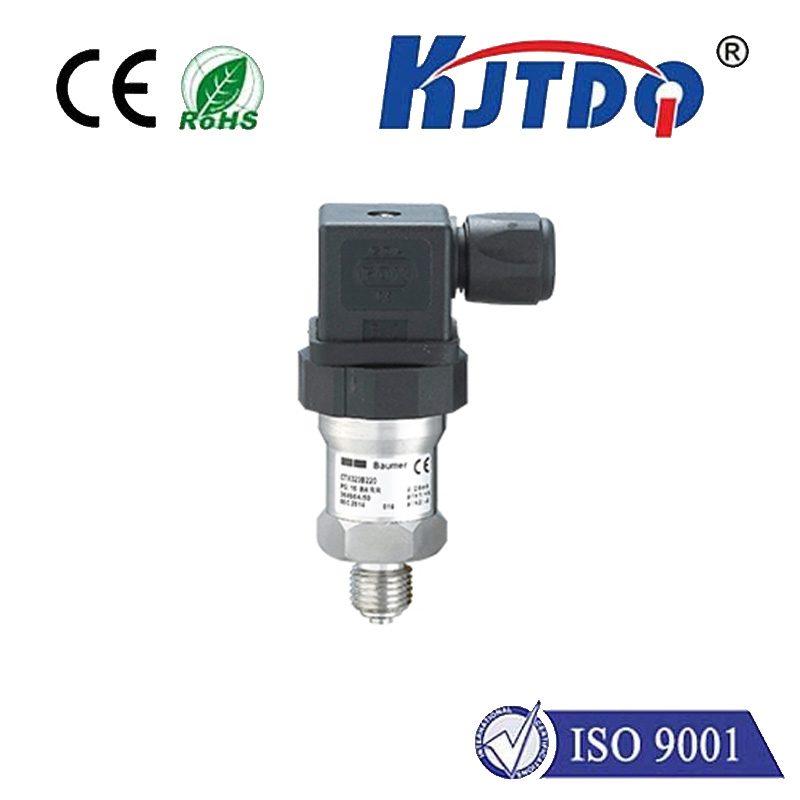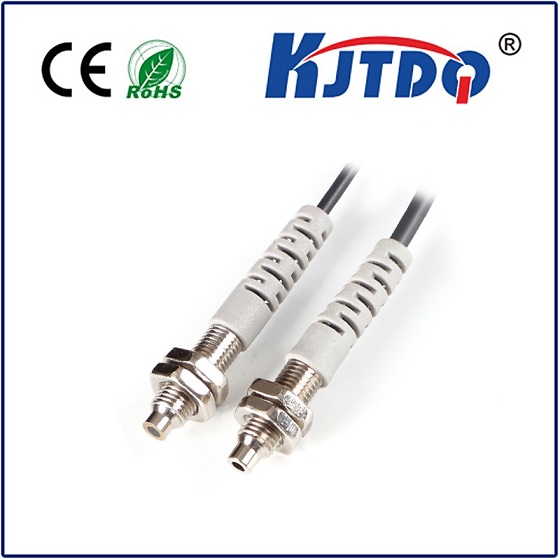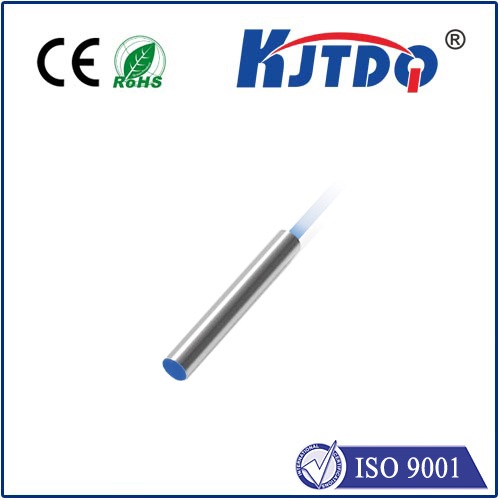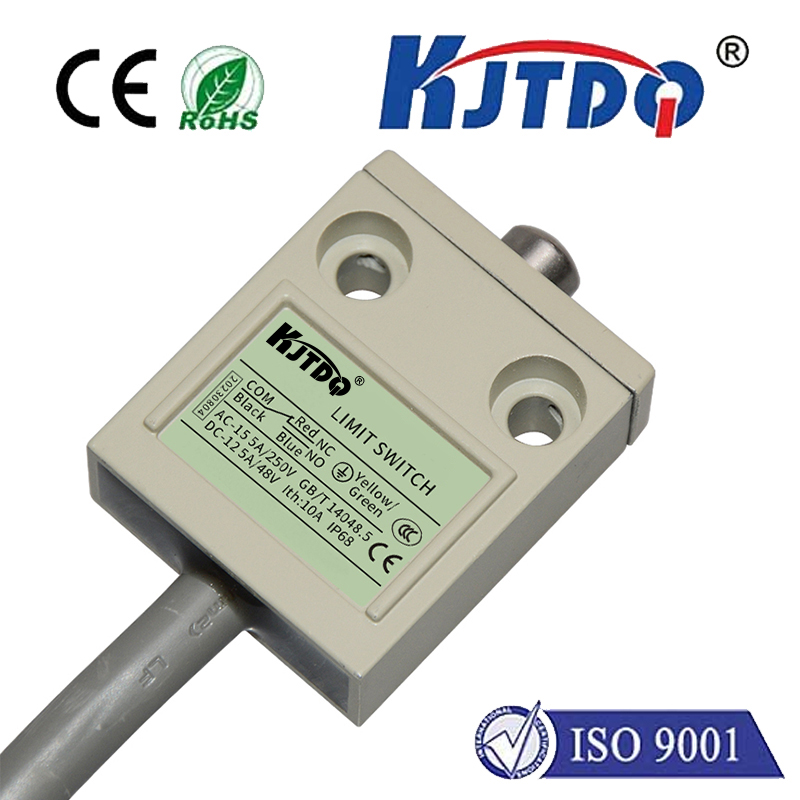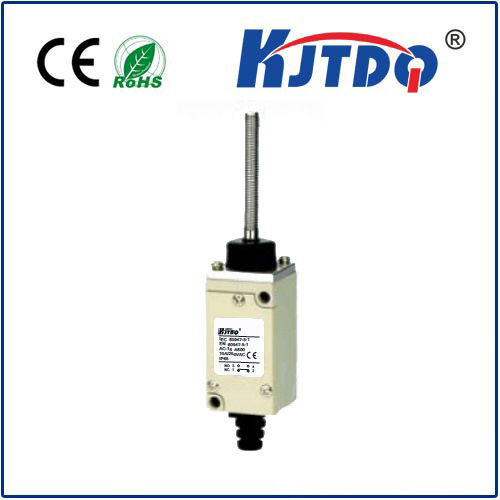
check

check

check

check
The rapid advancements in technology have given rise to numerous innovations that have revolutionized various industries. Among these, the prox sensor stands out as a significant breakthrough in sensing technology. This compact yet powerful tool has transformed how we interact with and control our environment. Here’s why the prox sensor is a game-changer.
A prox sensor, short for proximity sensor, is an electronic device designed to detect the presence of nearby objects without any physical contact. It operates on the principle of electromagnetic fields or optical beams, making it highly sensitive and reliable. These sensors are widely used in applications requiring precise object detection, position tracking, or automation systems.
Prox sensors come in several types, including capacitive, inductive, and optical sensors. Each type functions based on different principles but shares the common goal of detecting proximity.

Optical prox sensors rely on infrared light or laser diodes. An emitter sends out a beam of light that is reflected back when it hits an object. A receiver then senses the reflected light, and if the signal strength varies, the proximity of the object is determined.
The versatility of prox sensors has led to their widespread adoption across various sectors. Here are some notable applications:
Smart homes utilize prox sensors for lighting control, HVAC systems, and smart appliances, providing convenience and energy efficiency.
There are several compelling reasons why prox sensors are preferred over traditional contact-based sensors:
Their ability to detect a variety of materials and conditions makes them suitable for diverse applications across different industries.
As technology continues to evolve, so too will the capabilities of prox sensors. Future trends may include increased integration with IoT (Internet of Things) devices, enhanced sensitivity, miniaturization, and improved energy efficiency. These advancements promise to expand the horizon of what prox sensors can achieve, further embedding them into our daily lives.
The prox sensor represents a monumental leap forward in sensing technology. Its ability to provide reliable, non-contact detection has opened new possibilities across multiple industries. As we continue to innovate and refine these sensors, they will undoubtedly play an increasingly integral role in shaping the future of automation and intelligent systems
